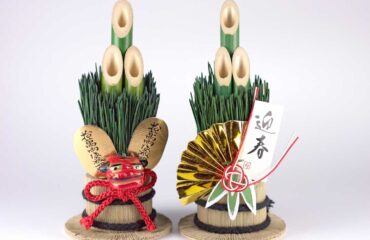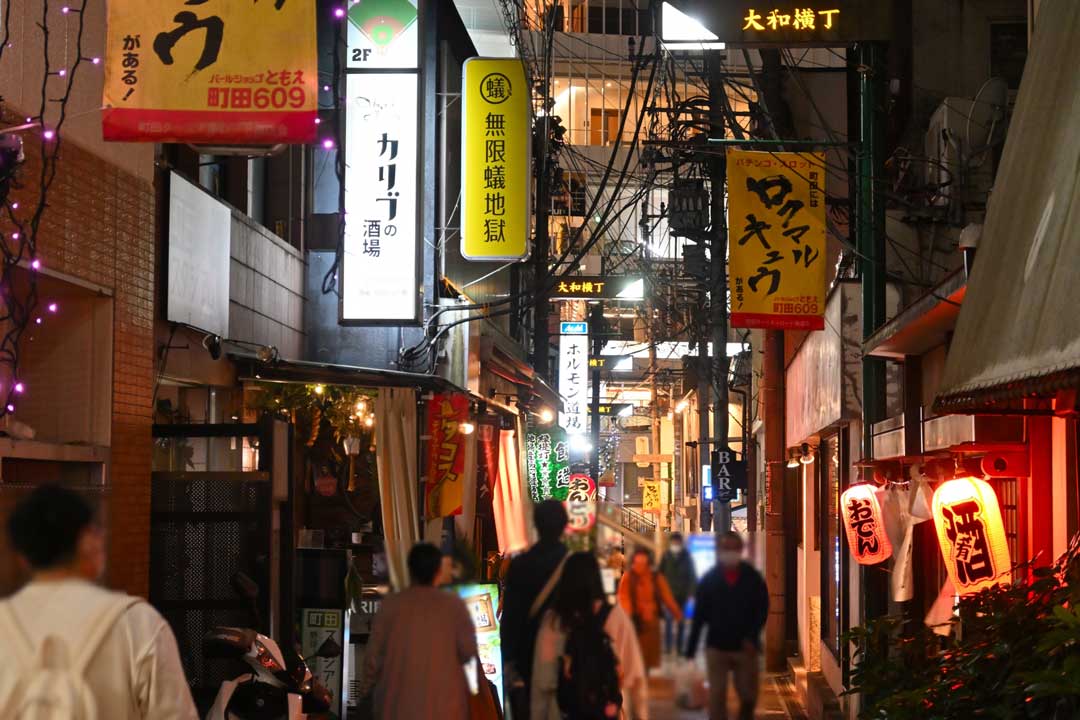
The term “izakaya” is an integral part of Japan’s culinary culture, and these establishments have become an irreplaceable fixture in our neighborhood corners.
Today, izakayas’ allure has evolved into diverse forms, attracting a broad age group and both genders.
So, how did izakayas morph into their current form? What is their charm?
Let’s embark on a journey to explore this together.
The Meaning Behind the Name ‘Izakaya’
“Izakaya” is a type of Japanese restaurant or pub, and its name literally translates to “stay in a sake shop.”
This name aptly represents the fundamental nature of an izakaya.
Let’s examine the specific meanings of each character:
-
“I” (居): This character means “to stay” or “to exist.” An izakaya provides a comfortable space for customers to stay and enjoy their drinks and meals at leisure.
-
“Zaka” (酒): This character means “alcohol.” At an izakaya, a variety of alcoholic beverages, such as beer, sake, and shochu, are served.
-
“Ya” (屋): This character means “shop” or “place.” It signifies that an izakaya is a physical location.
Therefore, when translated literally, “izakaya” means “a place to stay for drinking alcohol” or “to exist in a place for drinking alcohol.”
This name indicates that an izakaya is a place that serves meals along with alcoholic beverages and encourages customers to relax and spend time.
Izakaya’s Roots: A Culture Grown Alongside Sake
The concept of izakaya is believed to have originated during the Edo period.
Initially, sake shops that offered simple appetizers along with their alcoholic beverages formed the foundation of what we know as izakayas today.
Back then, the standing-drinking style was an essential part of the daily routine for single men.
This culture gradually spread to eateries, leading to the establishment of the izakaya concept where food and alcohol are enjoyed together.
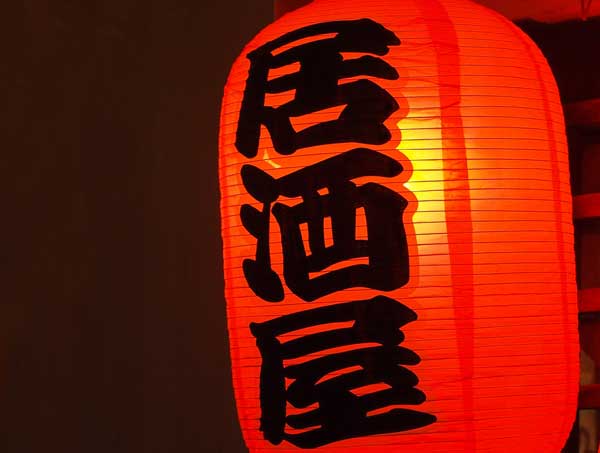
The Evolution of Izakaya: A Place Where Women and Families Also Enjoy
The diversity in izakaya started emerging around the late 1970s.
As the number of working women increased and their social status rose, izakayas evolved to meet their needs.
Focusing on sophisticated interior design and incorporating Western drinks like wine, they became a place where even women and families could comfortably enjoy themselves.
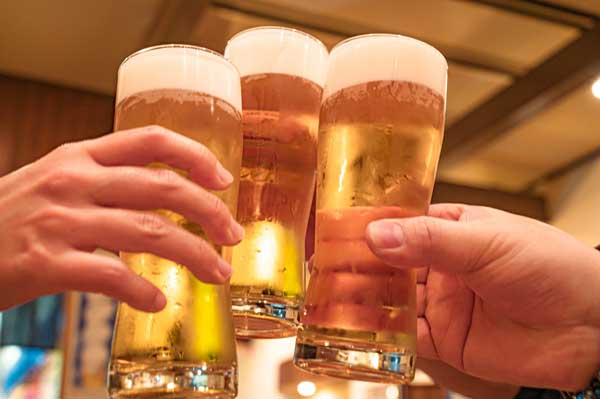
The Modern Izakaya: Embracing Individuality and Diversity
Today’s izakayas embody individuality and diversity to cater to a wide range of tastes and needs.
This is evident in establishments offering local cuisines that showcase regional characteristics, those prioritizing food safety with fresh ingredients delivered directly from the source, and ones offering 24-hour service or morning menus.
The inclusion of non-alcoholic beverages and desserts for women and families to enjoy is also becoming more common.
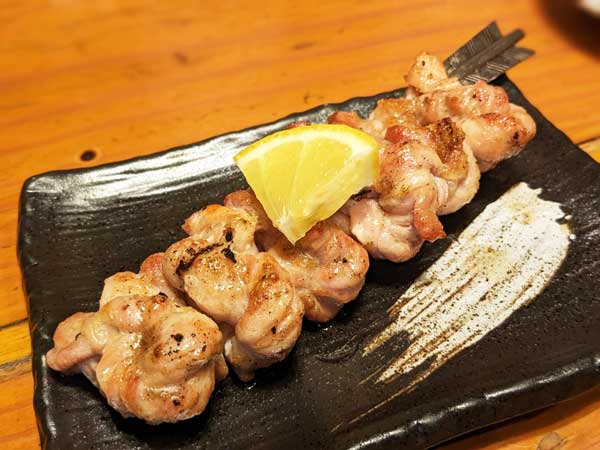
The Role of Izakaya: A Diverse Social Space
Izakayas play a significant role as social gathering spots.
They are places where people can enjoy delicious food and drinks while engaging in conversation.
This role extends beyond the barriers of age and gender, making izakayas loved by many.
Conclusion
While continuing to evolve with the times, izakayas have never forgotten their essence as social spaces.
Their charm and evolution are sure to continue.
Next time you visit an izakaya, understanding its history and allure, try to sense its depth.

